Trading in a volatile market is risky, but there are five key tips to make profitable trades despite being in a high volatility environment.
Trading on high volatility is an emotional roller coaster. It is basically a situation when the price fluctuates abnormally during certain times. A successful trade may give enormous profit and joy, but an unsuccessful one may bring heavy loss and despair. Trading in a volatile market is not recommended by many due to the big risk it entails. Still, it doesn't mean that there is no way to get around it safely. In fact, if we already know the tricks, we can make use of the volatility. To profit from high volatility, you only need to know how to:
- Widen the stops.
- Minimize the loss.
- Reduce the leverage.
- Diversifying trades.
- Step aside when in doubt.
But before we get into each step, let's learn a little bit more about high volatility and what you should do during the situation.
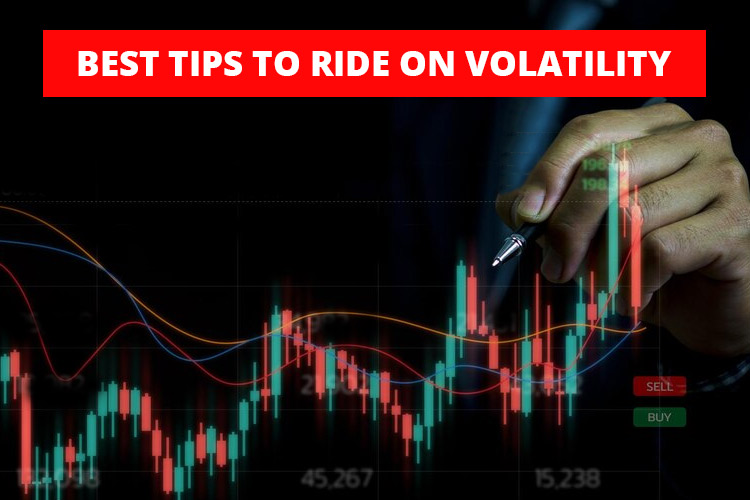
Understanding High Volatility
Volatility is a measure of price fluctuation/swings. High volatility means that the price rises quickly and then immediately goes down, creating a big difference between the highest and the lowest price over a time period. Sometimes the market looks 'calm', but a few hours later, the price moves in hundreds of pips seemingly out of nowhere. This is what is called volatility.
The scale of volatility, however, is always changing. There are times when volatility increases, and likewise, there are moments when it slows down. Volatility can be measured in pips (e.g. 200 pips a day), currency units (e.g. $0.3000), or percentage of change (e.g. 8.2% in a year). In the forex market, high volatility tends to occur in GBP/USD, EUR/JPY, GBP/JPY, or sometimes EUR/USD pairs during the London/New York overlap session.
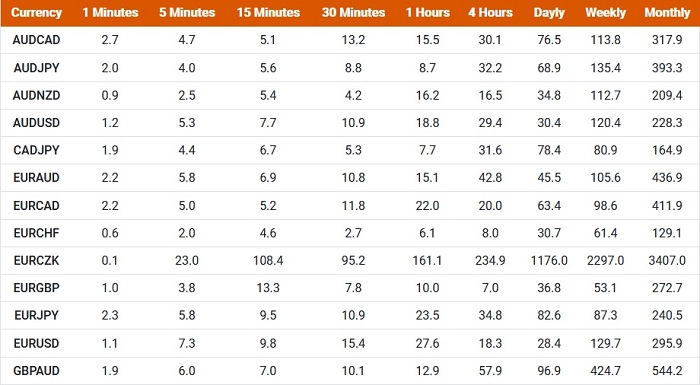 Source: Forex Volatility Chart
Source: Forex Volatility Chart
The table above shows the daily movement of some currency pairs in pips. The volatilities reflect the risks of particular currency pairs. The higher the volatility, the more profitable the trade. On the other hand, when the price doesn't fluctuate much in a low-volatility market, there will be only a few movements from which we can analyze to make a trade. Thus, volatility has its own role in profit-making.
Still, we need to remember about "high risk, high return".
So, What to Do During High Volatility?
Not surprisingly, high volatility makes forex trading become more attractive to day traders as their main approach is to gain short-term profits unlike investors who tend to buy and hold.
However, this doesn't necessarily mean that we should open trades only during the height of volatility. The decision of how to respond to volatility change depends on the trading style of each individual. A trader can be conservative, moderate, or aggressive. If you are a conservative trader, it is indeed better to stay away from a volatile market. But if you are more aggressive in your approach, targeting profit in a volatile market would provide an attractive opportunity. The bottom line is, you need to understand your own trading style.
Whether it is a high or low-volatile pair, either can be profitable, provided that you use different trading strategies. Volatile currency pairs are suitable for aggressive traders and short-term traders. With that being said, traders should have the skills and are psychologically capable of trading in extreme volatility. They should have a solid plan before making transactions, as well as carry out proper money management.
See Also:
5 Keys to Success in High Volatility
These trading tips focus on risk control. Mastering the following tips may lead to an ability to exploit volatility to gain big profit without having to worry about the risks.
1. Widen the Stops
The most logical thing to do when the market starts to fluctuate sharply is to increase our take profit or stop loss levels. In this case, there are three scenarios of price action when volatility goes up.
- The price moves in a certain direction without retracing back.
- The price becomes choppy, creating deep reversals in every leg.
- The price fluctuates regularly in a particular range.
Widening your stops would prepare our position to accommodate any of the scenarios above. This method can also help us avoid the negative effects of price fluctuation, thus minimalizing loss while maximizing our profit.
2. Minimize the Loss
This takeaway is quite the opposite of the previous one. Sometimes during high volatility market and choppy price action, we need to set our stop loss small. This strategy usually generates profitable trades as long as it is applied to a market whose volatility is limited in a certain range. It might sound risky, but very effective to anticipate a breakout.
For example, after the Fed's announcement in March 2016, the EUR/USD moved up and down about 400-500 pips in multiple sessions, with a support at 1.0500 and resistance at 1.1050. Eventually, the price hit the highest level at 1.1450. If we were to enter a short position with stop loss at 100, 200, or 300 pips above the resistance, we would end up with a big loss following the breakout.
3. Reduce the Leverage
Leverage is useful to traders who want to gain big profits with limited funds. However, leverage is a double-edged sword. Therefore, if we increase the stop loss in a volatile market, it is also better to reduce our leverage. To trade safely, our account must have a margin that is still suitable for trading with normal volatility.
When the China stock market fell a few years back, several currency pairs moved 600 pips in only a few hours. Supposed we entered a long position on USD/JPY after the price moved down 200 pips. We set a 300-pip target both for the profit and loss targets. Suddenly, the pair moved down 400 pips. If our margin is 3% for a 30-pip stop loss, we would lose 30% of our balance in one trade. But if we decrease the leverage, say from 1:10 to 1:2, we would only lose 2% of our balance.
However, altering the leverage ratio is not a simple matter since not all brokers can process the request immediately. That's why it is better to open an additional account with small leverage, which can specifically be used to trade during a volatility jump. Trading in brokers that offer floating leverage can also be an alternative solution.
4. Consider to Diversify
One safe way to trade forex in the long term is by diversification. Financial institutions always diversify their portfolio by investing in different markets. Although diversification requires extra effort, it keeps our account balanced when the market sentiment is not in favor of certain types of instruments.
Even in normal volatility, we cannot be 100% certain about our trading results, let alone during high volatility. Therefore, don't put all your eggs in one basket, but spread them out into multiple baskets. Spreading out our positions into multiple currency pairs with a ranging volatility rate can help limit the risk.
5. When in Doubt, Step Aside
It is a simple but very impactful decision. When we are in doubt, the safe way to trade forex is to not open any position and to monitor the market closely until the perfect opportunity arises. Opportunities will always emerge one way or another, we just have to find the right momentum. If it doesn't happen now, then it will appear later, so don't be too greedy. We don't need to always be active in the market and we cannot always gain profit from the fluctuating market. A wise trader once said that the main objective of trading is to gain profit. So it is not wrong to wait a while for a better opportunity.
See Also:
Final Words
Although trading in high volatility is a risky move, it still attracts traders to open positions thanks to the potential gains. The key to taking advantage of forex market volatility is to understand your trading style and how to adjust the profit and stop loss targets. In addition, you should always prepare yourself in case the trade goes south and learn how to step away when the market shows no good opportunity. If you are still new to the dynamics of the forex market, building an experience of trading the volatility in the forex demo account can be a good start.

 Dedicated FREE FOREX VPS
Dedicated FREE FOREX VPS Free FOREX Virtual Private Server
Free FOREX Virtual Private Server MT4 Demo Contest, Get $500
MT4 Demo Contest, Get $500 Sign Up for an Account, Claim 60% Deposit Bonus
Sign Up for an Account, Claim 60% Deposit Bonus Free MT4/MT5 VPS 2024
Free MT4/MT5 VPS 2024 Send E-mail and Get Free Merchandise
Send E-mail and Get Free Merchandise $1K Refer a Friend Bonus for Pepperstone Pro clients
$1K Refer a Friend Bonus for Pepperstone Pro clients Maximize Your Earnings with 100% Deposit bonus
Maximize Your Earnings with 100% Deposit bonus Trade to Win, $5,000 Monthly Demo Contest
Trade to Win, $5,000 Monthly Demo Contest Claim 30% + 15% Deposit Bonus from LiteFinance
Claim 30% + 15% Deposit Bonus from LiteFinance
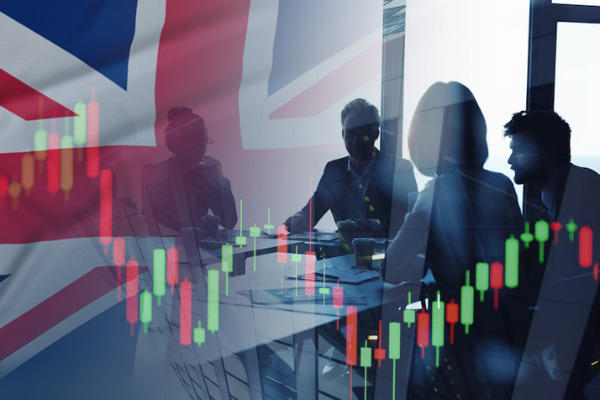
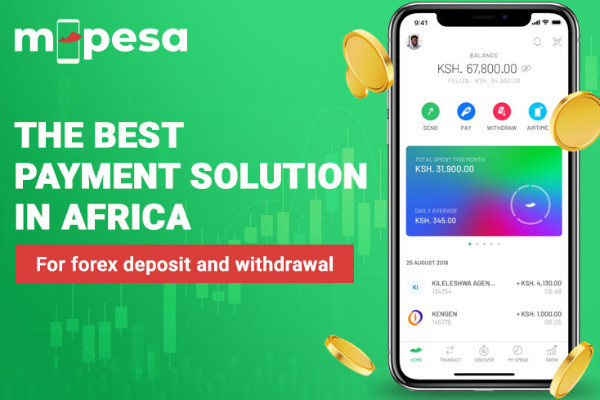

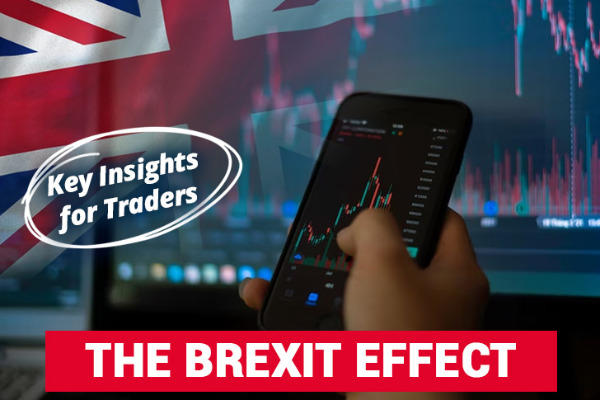
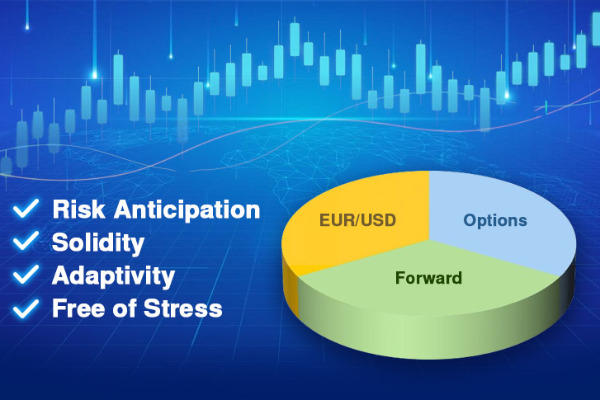
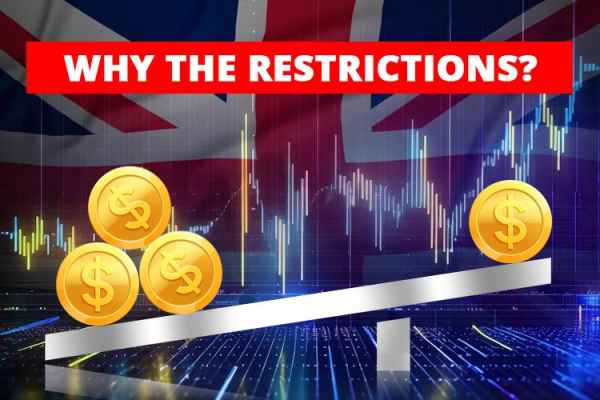
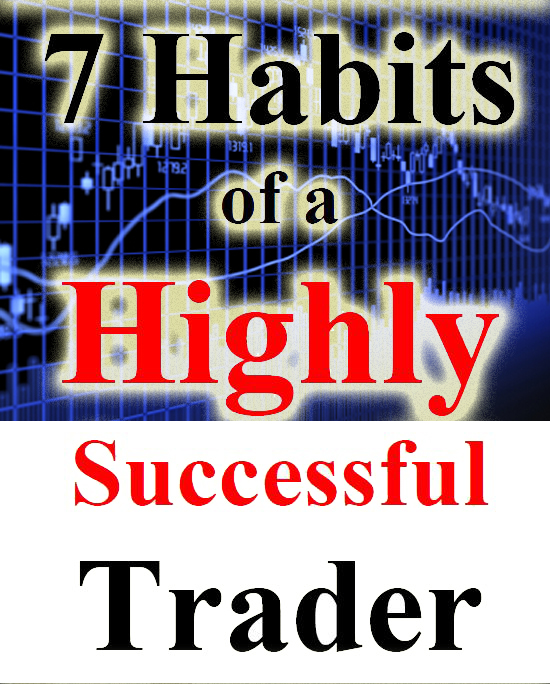
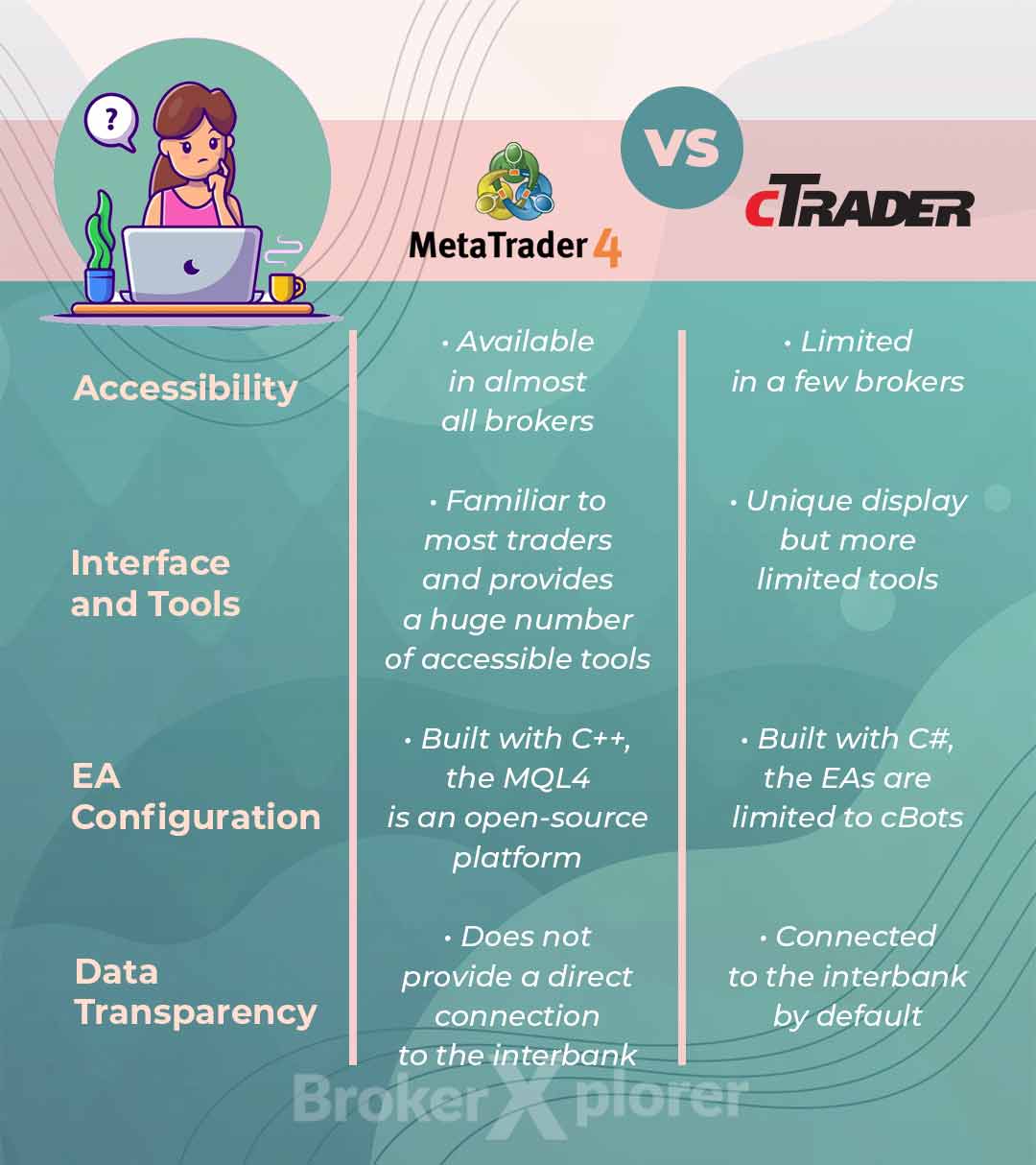

2 Comments
Jurgen
Jul 11 2023
What is the difference between volatility and fluctuation in the context of price movements? I understand that volatility is a measure of price swings and refers to the rapid rise and fall of prices, resulting in significant differences between the highest and lowest prices within a given timeframe. However, I'm wondering if there's a distinction between volatility and fluctuation. Can you provide insights into how these terms differ and how they relate to price movements in the forex market? Additionally, are there specific currency pairs or market sessions known for exhibiting high volatility or fluctuations?
Andrew
Jul 16 2023
@Jurgen: Let me explain to you! Volatility and fluctuation are related but have slightly different meanings when it comes to price movements, dude.
Volatility measures the amount of price swings in a financial instrument over a specific period. It tells you how crazy the prices are going, with big ups and downs. High volatility means things are wild and unpredictable, while low volatility means it's more stable and chill.
Fluctuation, on the other hand, is all about the actual changes in price over time. It's the back-and-forth action, the up-and-down moves you see on the charts. Fluctuations happen because of various factors, like supply and demand, news, or how people feel about the market. They're influenced by volatility, but they don't necessarily give you the full picture of how crazy things are.
In the forex market, some currency pairs and market sessions are known to go nuts with volatility and fluctuations. The big ones like EUR/USD, GBP/USD, USD/JPY, and USD/CHF can get pretty wild. And when the London and New York sessions overlap, things can get extra spicy.